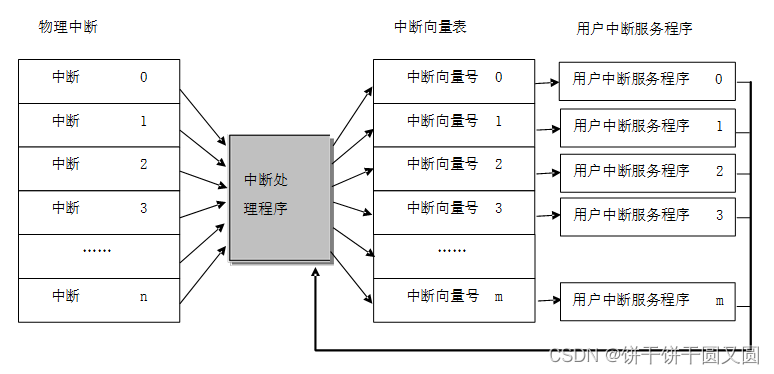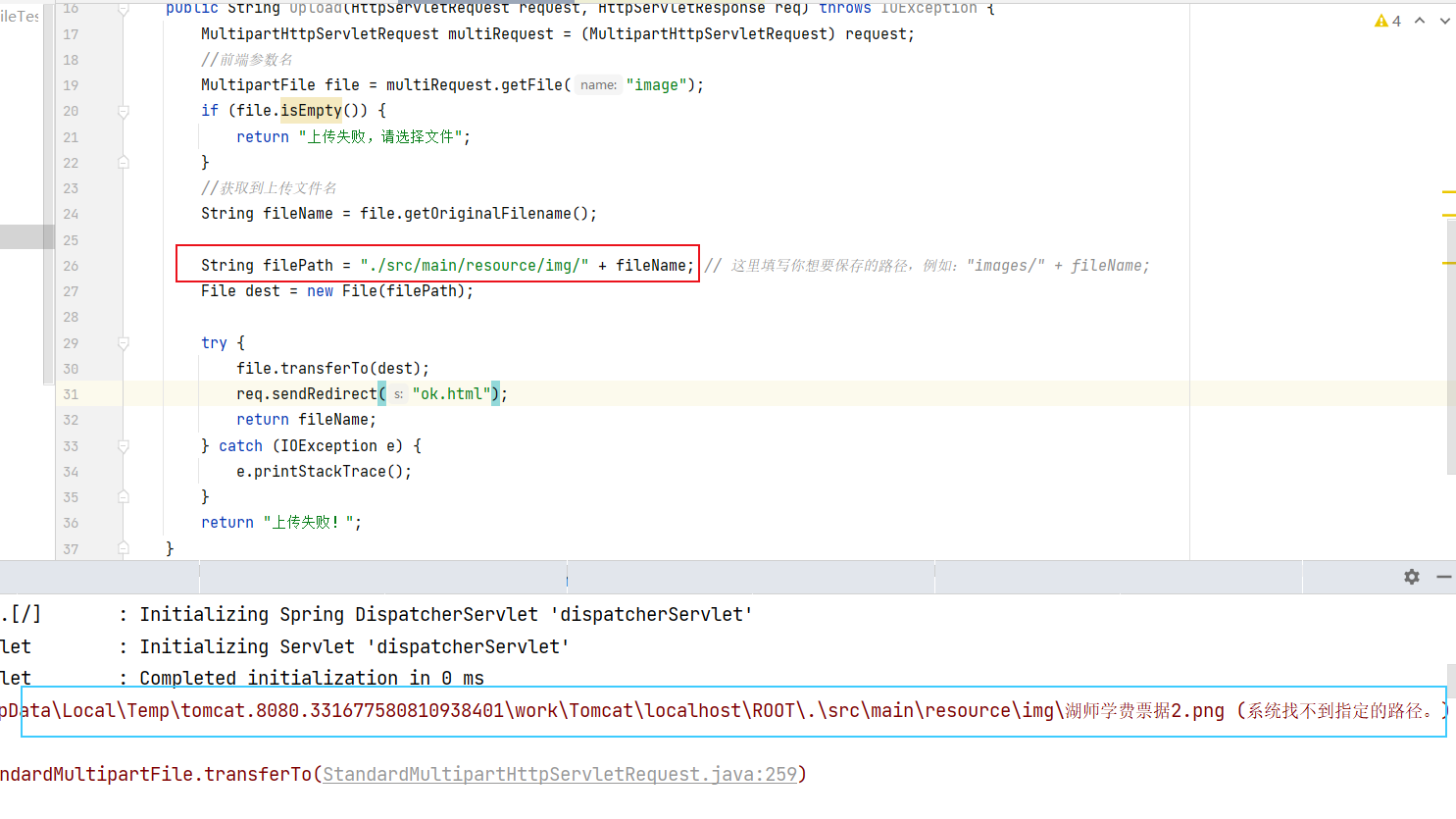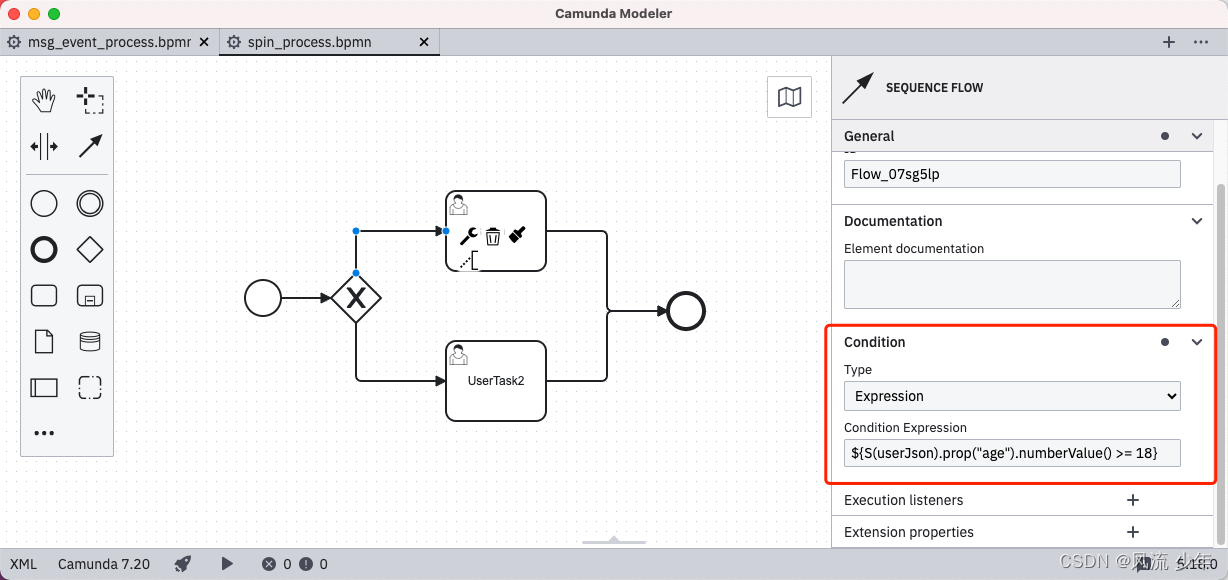目录
1,list的介绍及使用
2,list_node
3,list_node()
3,list
4,list()
5,push_back(const T& x)
6,print()
7,_list_iterator
8,operator*()
9,begin()
10,end()
11,operator->()
12,operator++()
13,operator++(int)
14,operator--()
15,operator--(int)
16,operator==(const sefl& s)
17,operator!=(const sefl& s)
18,_list_const_iterator
19,list(iterator first, iterator last)
20,begin()const
21,end()const
22,list(const list& lt)
23,operator=(list lt)
24,insert(iterator pos, const T& x)
25,erase(iterator pos)
26,clear()
27,~list()
28,push_front(const T& x)
29,pop_front()
30,pop_back()
31,源代码
32,总结

1,list的介绍及使用
1,list 是可以在常数范围内在任意位置进行插入和删除的序列式容器,并且该容器可以前后双向迭代。
2,list 的底层是双向链表结构,双向链表中每个元素存储在互不相关的独立节点中,在节点中通过指针指向其前一个元素和后一个元素。
3,list 与 forward_list 非常相似:最主要的不同在于 forward_list 是单链表,只能朝前迭代,已让其更简单高效。
4,与其他的序列式容器相比(array,vector,deque),list通常在任意位置进行插入、移除元素的执行效率更好。
5,与其他序列式容器相比,list 和 forward_list 最大的缺陷是不支持任意位置的随机访问,比如:要访问 list 的第6个元素,必须从已知的位置(比如头部或者尾部)迭代到该位置,在这段位置上迭代需要线性的时间开销;list 还需要一些额外的空间,以保存每个节点的相关联信息(对于存储类型较小元素的大list来说这可能是一个重要的因素)
2,list_node
结点的结构体框架
template<class T>
struct list_node
{
list_node<T>* _next;
list_node<T>* _prev;
T data;
};因为是双向循环链表,需要一个上指针 _prev,下指针 _next,还有数据 data;
3,list_node()
对结点进行初始化
list_node(const T& x = T())
:_next(nullptr)
, _prev(nullptr)
, data(x)
{}然后还要将其初始化,指针为空,数据为内置类型初始化的值;
3,list
链表结构框架
template <class T>
class list
{
typedef list_node<T> node;
public:
private:
node* _head;
};链表是带头结点的,所以我们需要一个哨兵位头结点;
4,list()
对链表初始化
void empty_init()
{
_head = new node;
_head->_next = _head;
_head->_prev = _head;
}
list()
{
empty_init();
}因为我们是双向循环链表,所以我们的下一个结点和上一个结点都是指向自己的,形成一个环;
5,push_back(const T& x)
尾插
void push_back(const T& x)
{
node* tail = _head->_prev;
node* newnode = new node(x);
tail->_next = newnode;
newnode->_prev = tail;
newnode->_next = _head;
_head->_prev = newnode;
}我们先找到尾结点(tail),申请一个新结点,然后就插入其中;
6,print()
打印数据
void print()
{
node* cur = _head->_next;
while (cur != _head)
{
cout << cur->data << " ";
cur = cur->_next;
}
}哨兵位头结点本身是没有数据的,所以要从下一个结点开始
void test1()
{
wxd::list<int> lt1;
lt1.push_back(1);
lt1.push_back(2);
lt1.push_back(3);
lt1.push_back(4);
lt1.print();
}
也是没有任何问题的
7,_list_iterator
迭代器的框架和初始化
template<class T,class ref,class ptr>
struct _list_iterator
{
typedef list_node<T> node;
typedef _list_iterator<T,ref,ptr> sefl;
node* _node;
_list_iterator(node* n)
:_node(n)
{}
}有人会好奇,为什么模板里面有三个参数,现在先不急下面会进行分晓的;
指向结点的迭代器嘛,底层类型就是指针;
初始化也是一样,传来什么就是什么;
8,operator*()
迭代器解引用取值
ref operator*()
{
return _node->data;
}ref 其实就是 T&;
9,begin()
找头结点
iterator begin()
{
return iterator(_head->_next);
}直接返回构造完后的结果;
10,end()
最后一个结点的下一个位置
iterator end()
{
return iterator(_head);
}然后我们就可以试一下迭代器打印了;
void print_list(const list<int>& lt)
{
list<int>::const_iterator it = lt.begin();
while (it != lt.end())
{
cout << *it << " ";
++it;
}
cout << endl;
}
void test1()
{
wxd::list<int> lt1;
lt1.push_back(1);
lt1.push_back(2);
lt1.push_back(3);
lt1.push_back(4);
print_list(lt1);
}
11,operator->()
迭代器箭头指向取值
ptr operator->()
{
return &_node->data;
}返回的是 data 的地址,ptr 是 T* ;
12,operator++()
迭代器前置++
sefl& operator++()
{
_node = _node->_next;
return *this;
}sefl 是 _list_iterator<T,ref,ptr>;
13,operator++(int)
迭代器后置++
sefl operator++(int)
{
sefl tmp(*this);
_node = _node->_next;
return tmp;
}返回的是之前的值,但其实已经改变了;
14,operator--()
迭代器前置 - -
sefl& operator--()
{
_node = _node->_prev;
return *this;
}15,operator--(int)
迭代器后置 - -
sefl operator--(int)
{
sefl tmp(*this);
_node = _node->_prev;
return tmp;
}16,operator==(const sefl& s)
迭代器判断相等
bool operator==(const sefl& s)
{
return _node == s._node;
}判断迭代器是否相等比较 _node 就可以了;
17,operator!=(const sefl& s)
判断是否不相等
bool operator!=(const sefl& s)
{
return _node != s._node;
}18,_list_const_iterator
然后这个是 const 迭代器版本的,这里我就不一个一个写了;
template<class T>
struct _list_const_iterator
{
typedef list_node<T> node;
typedef _list_const_iterator<T> sefl;
node* _node;
_list_const_iterator(node* n)
:_node(n)
{}
const T& operator*()
{
return _node->data;
}
sefl& operator++()
{
_node = _node->_next;
return *this;
}
sefl operator++(int)
{
sefl tmp(*this);
_node = _node->_next;
return tmp;
}
sefl& operator--()
{
_node = _node->_prev;
return *this;
}
sefl operator--(int)
{
sefl tmp(*this);
_node = _node->_prev;
return tmp;
}
bool operator==(const sefl& s)
{
return _node == s._node;
}
bool operator!=(const sefl& s)
{
return _node != s._node;
}
};其实吧,_list_const_iterator 跟 _list_iterator 就是内部函数参数的返回值不同罢了,我们可以用模板参数来实例化,这样就不用写两个迭代器了;
template <class T>
class list
{
typedef list_node<T> node;
public:
typedef _list_iterator<T, T&, T*> iterator;
typedef _list_iterator<T, const T&, const T*> const_iterator;在 list 下面这样操作就可以了,普通迭代器模板一个版本,const 迭代器模板内的参数加上const就可以了,等调用的时候编译器会自动匹配的;
19,list(iterator first, iterator last)
迭代器区间构造
template<class iterator>
list(iterator first, iterator last)
{
empty_init();
while (first != last)
{
push_back(*first);
++first;
}
}20,begin()const
const 版本取头结点
const_iterator begin()const
{
return const_iterator(_head->_next);
}21,end()const
const 版本取尾结点的下一个位置
const_iterator end()const
{
return const_iterator(_head);
}22,list(const list<T>& lt)
拷贝构造
void swap(list<T>& tmp)
{
std::swap(_head, tmp._head);
}
list(const list<T>& lt)
{
empty_init();
list<T> tmp(lt.begin(), lt.end());
swap(tmp);
}先把要拷贝的区间信息构造另一个 list ,然后再与 this 指针的 _head哨兵位头结点进行交换即可;
23,operator=(list<T> lt)
赋值
list<T>& operator=(list<T> lt)
{
swap(lt);
return *this;
}24,insert(iterator pos, const T& x)
插入
void insert(iterator pos, const T& x)
{
node* cur = pos._node;
node* prev = cur->_prev;
node* newnode = new node(x);
prev->_next = newnode;
newnode->_prev = prev;
newnode->_next = cur;
cur->_prev = newnode;
}定义前一个结点,和本身的结点,然后再进行插入即可;
void test3()
{
wxd::list<int> lt1;
lt1.push_back(1);
lt1.push_back(2);
lt1.push_back(3);
lt1.push_back(4);
auto pos = find(lt1.begin(), lt1.end(), 3);
lt1.insert(pos, 9);
print_list(lt1);
}
25,erase(iterator pos)
擦除
iterator erase(iterator pos)
{
assert(pos != end());
node* next = pos._node->_next;
node* tail = pos._node->_prev;
tail->_next = next;
next->_prev = tail;
delete pos._node;
return iterator(next);
}先断言一下,哨兵位结点是不能擦除的;
然后找到前一个结点,后一个结点,在进行互相绑定;
在释放要删除的空间;
26,clear()
清除
void clear()
{
auto it = begin();
while (it != end())
{
it=erase(it);
}
}27,~list()
析构函数
~list()
{
clear();
delete _head;
_head = nullptr;
}先清空结点,然后再是否哨兵位头结点置空即可;
28,push_front(const T& x)
头插
void push_front(const T& x)
{
insert(begin(), x);
}直接用 insert 插入更加方便;
29,pop_front()
头删
void pop_front()
{
erase(begin());
}30,pop_back()
尾删
void pop_back()
{
erase(_head->_prev);
}31,源代码
#define _CRT_SECURE_NO_WARNINGS 1
#include<iostream>
#include<assert.h>
using namespace std;
template<class T>
struct list_node
{
list_node<T>* _next;
list_node<T>* _prev;
T data;
list_node(const T& x = T())
:_next(nullptr)
, _prev(nullptr)
, data(x)
{}
};
template<class T,class ref,class ptr>
struct _list_iterator
{
typedef list_node<T> node;
typedef _list_iterator<T,ref,ptr> sefl;
node* _node;
_list_iterator(node* n)
:_node(n)
{}
ref operator*()
{
return _node->data;
}
ptr operator->()
{
return &_node->data;
}
sefl& operator++()
{
_node = _node->_next;
return *this;
}
sefl operator++(int)
{
sefl tmp(*this);
_node = _node->_next;
return tmp;
}
sefl& operator--()
{
_node = _node->_prev;
return *this;
}
sefl operator--(int)
{
sefl tmp(*this);
_node = _node->_prev;
return tmp;
}
bool operator==(const sefl& s)
{
return _node == s._node;
}
bool operator!=(const sefl& s)
{
return _node != s._node;
}
};
template <class T>
class list
{
typedef list_node<T> node;
public:
typedef _list_iterator<T, T&, T*> iterator;
typedef _list_iterator<T, const T&, const T*> const_iterator;
void empty_init()
{
_head = new node;
_head->_next = _head;
_head->_prev = _head;
}
list()
{
empty_init();
}
template<class iterator>
list(iterator first, iterator last)
{
empty_init();
while (first != last)
{
push_back(*first);
++first;
}
}
void push_back(const T& x)
{
node* tail = _head->_prev;
node* newnode = new node(x);
tail->_next = newnode;
newnode->_prev = tail;
newnode->_next = _head;
_head->_prev = newnode;
}
iterator begin()
{
return iterator(_head->_next);
}
const_iterator begin()const
{
return const_iterator(_head->_next);
}
iterator end()
{
return iterator(_head);
}
const_iterator end()const
{
return const_iterator(_head);
}
void swap(list<T>& tmp)
{
std::swap(_head, tmp._head);
}
list(const list<T>& lt)
{
empty_init();
list<T> tmp(lt.begin(), lt.end());
swap(tmp);
}
list<T>& operator=(list<T> lt)
{
swap(lt);
return *this;
}
void insert(iterator pos, const T& x)
{
node* cur = pos._node;
node* prev = cur->_prev;
node* newnode = new node(x);
prev->_next = newnode;
newnode->_prev = prev;
newnode->_next = cur;
cur->_prev = newnode;
}
iterator erase(iterator pos)
{
assert(pos != end());
node* next = pos._node->_next;
node* tail = pos._node->_prev;
tail->_next = next;
next->_prev = tail;
delete pos._node;
return iterator(next);
}
~list()
{
clear();
delete _head;
_head = nullptr;
}
void clear()
{
auto it = begin();
while (it != end())
{
it=erase(it);
}
}
void push_front(const T& x)
{
insert(begin(), x);
}
void pop_back()
{
erase(_head->_prev);
}
void pop_front()
{
erase(begin());
}
void print()
{
node* cur = _head->_next;
while (cur != _head)
{
cout << cur->data << " ";
cur = cur->_next;
}
}
private:
node* _head;
};32,总结
我们就先搞一个大概的,其中还有很多分支,比如我们写的是擦除某个数据,其实也可以擦除某个范围,这些就靠大家去摸索,查阅文档了;
list 类的实现就到这里了;
加油!




















